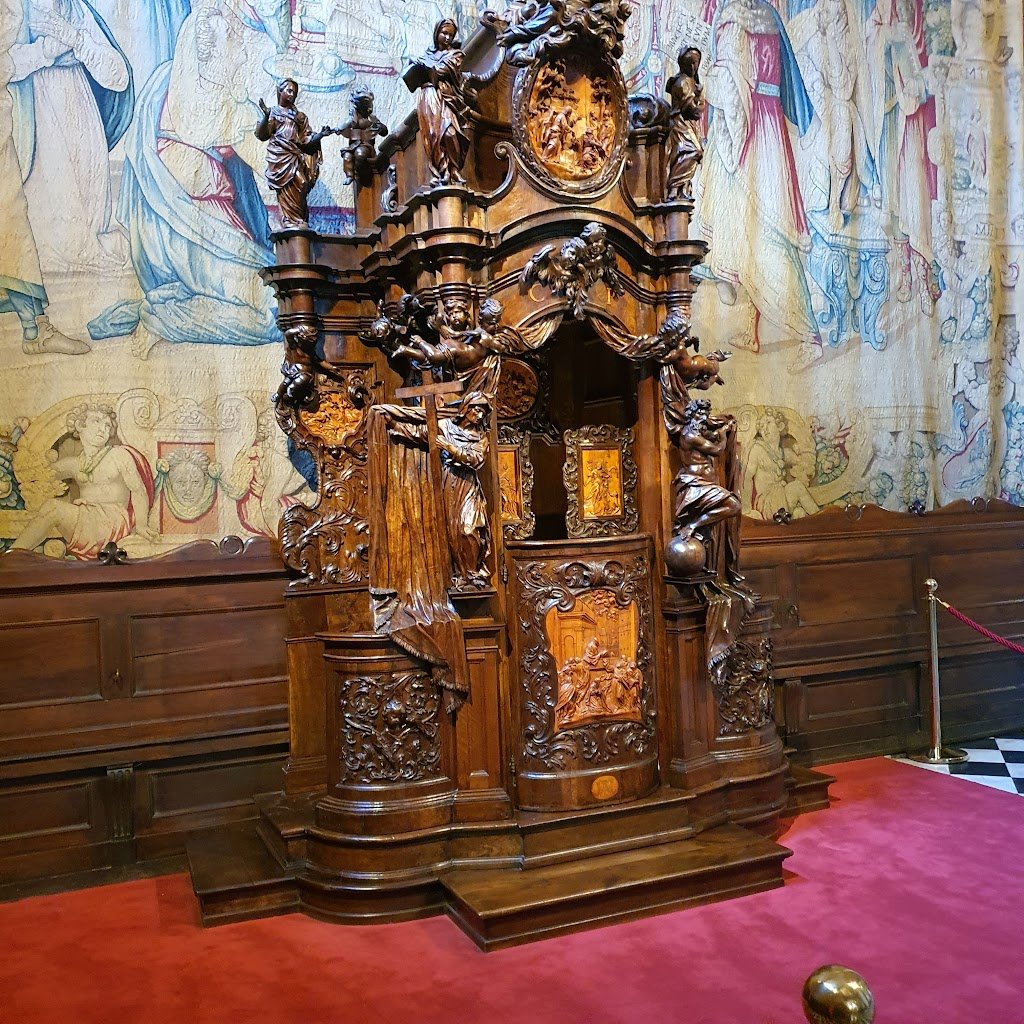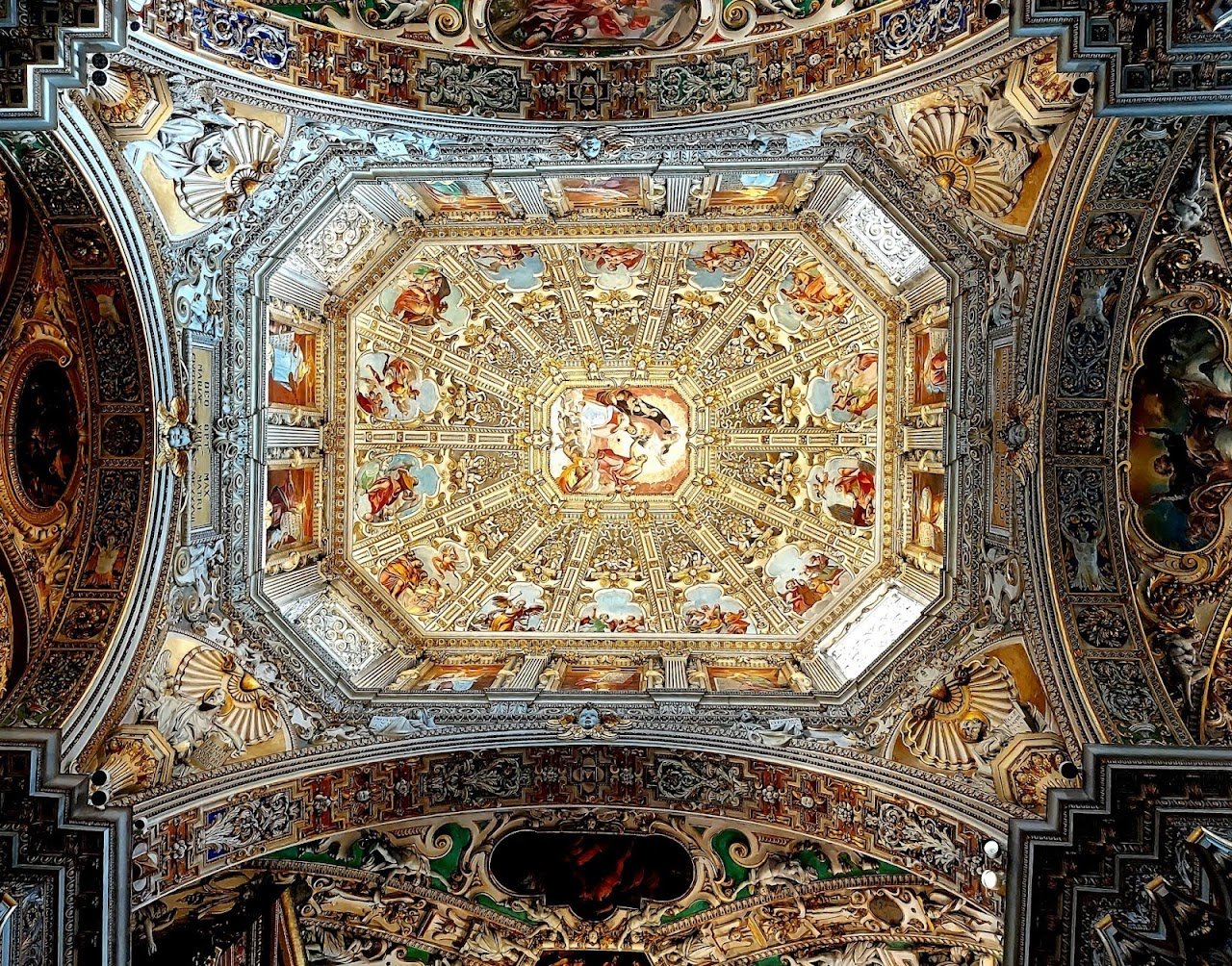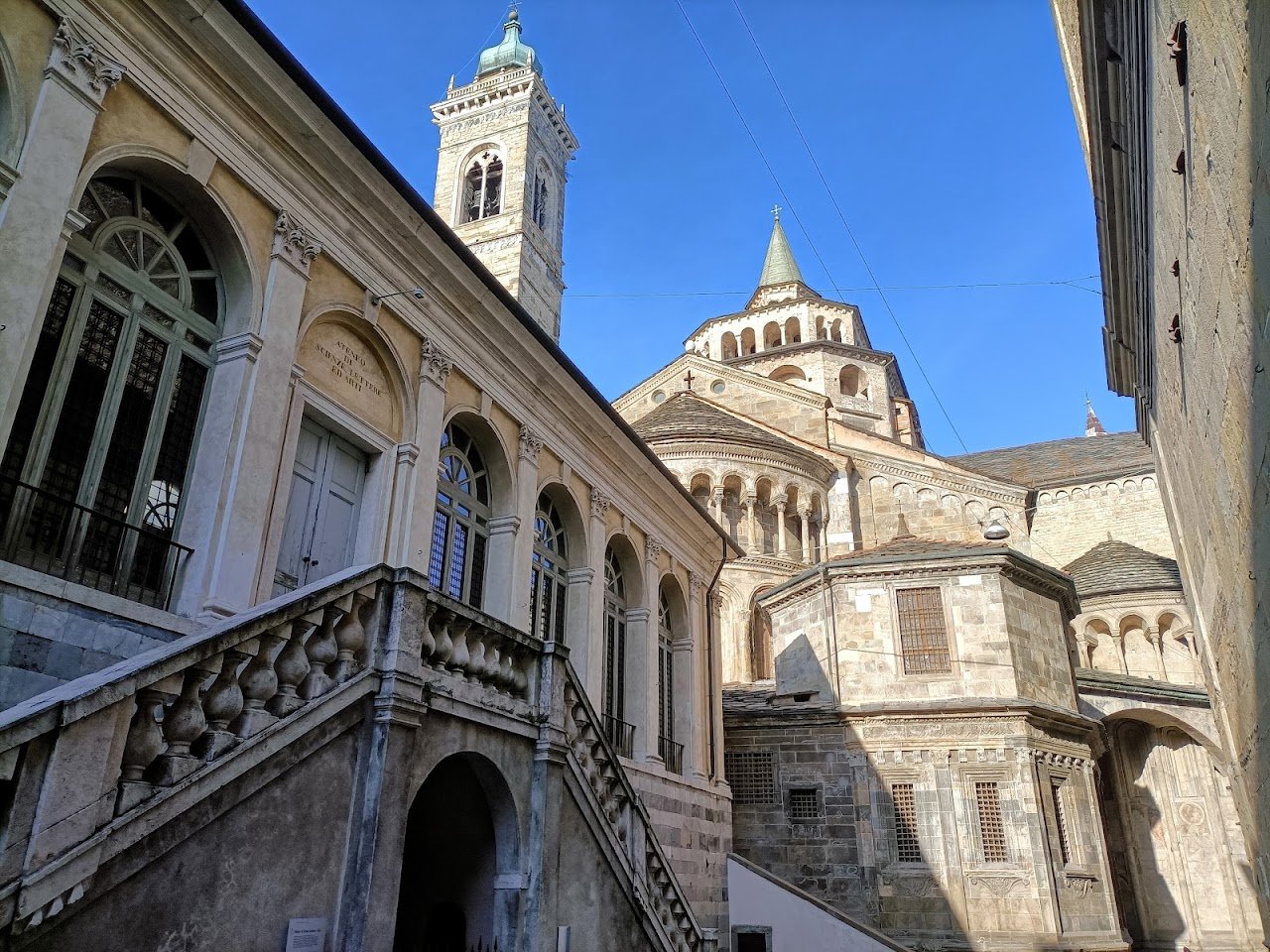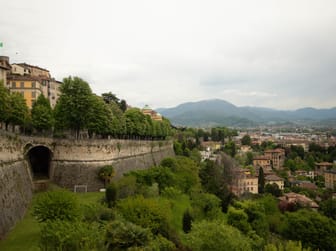Basilica di Santa Maria Maggiore





Ask ThatchGPT
Suggest a local expert to plan my trip
Suggest an unique itinerary for my Italy trip
What foods do Italy locals eat
What are some true hidden gems in Italy
Help me brainstorm trip ideas for Italy
Help me plan a family-friendly trip to Italy
What people say
Pedro Pereira
Available for hire
"Construction of the Basilica began in the second half of the 12th century, following a vow made by the people of Bergamo to the Virgin Mary. A plague had ravaged northern Italy, and the Bergamaschi sought her protection. The church was completed around the 12th-13th centuries, replacing an earlier oratory dedicated to Saint Vincent.
The Basilica's exterior retains its original Romanesque-Lombard style, characterized by its simple yet elegant facade. Look for the decorative arcades and rose window above the main portal. However, the interior showcases a dramatic transformation. Renovated in the 17th and 18th centuries, it boasts a lavish Baroque style. Stucco decorations, marble sculptures, and vibrant paintings adorn the walls and ceilings, creating a sense of grandeur and awe.
The Basilica di Santa Maria Maggiore holds deep religious significance for the people of Bergamo. It enshrines a venerated wooden crucifix dating back to the 15th century, which is a major pilgrimage destination. The tombs of renowned composer Gaetano Donizetti and his teacher, Simone Mayr, are also located within the Basilica.
Beyond its religious significance, the Basilica houses a collection of noteworthy artworks. Look for paintings by prominent artists like Jacopo Palma il Giovane, Lorenzo Lotto, and Tiepolo. The Cappella Colleoni, a side chapel commissioned by the Condottiero (military leader) Bartolomeo Colleoni, is a masterpiece of Renaissance architecture and sculpture."
Wiktoria Górska-Kijanka
"According to popular tradition, supported by some documents, the church was built in 1133 following a vow made by the citizens of Bergamo to the Virgin Mary for protection from the plague ravaging northern Italy. The church opens onto Piazza Duomo from its left side, as the main façade has no entrance due to its former connection to the Bishops' Palace. Its exterior largely preserves its Lombard Romanesque style. Access is through two entrances: one by Giovanni da Campione (1353) and another by Isabello's Porta della Fontana. The main apse features a loggia with geometric and vegetal friezes and blind arcades with semi-columns. Most capitals are decorated with vegetal designs, except one adorned with Angels and Last Judgement Trumpets. The apses of the transept mirror the design of the main apse. Inside, the church retains its original Romanesque Greek cross layout, with a nave and two aisles ending in an apse, though most of the decoration comes from a 17th-century Baroque renovation. "
Read more in:
Emma Myrick
Available for hire
"The most opulent of the churches in this piazza, it's also the only paid entry one. You can step inside to the ticket line to catch a glimpse and decide if you want to buy a ticket. The walls and ceiling are packed with intricately filigreed designs, creating a golden sheen that permeates the whole building."
Read more in:
Mentioned in these guides
About Basilica di Santa Maria Maggiore
Get the inside scoop on Basilica di Santa Maria Maggiore from local experts, travel creators, and tastemakers. Browse genuine trip notes, Basilica di Santa Maria Maggiore reviews, photos, travel guides, and itineraries from real travelers and plan your trip with confidence.
Website
Phone
Save this spot for later or start mapping out a new trip today
Try our AI Travel Assistant and get instant answers to any questions about your trip.
Ask ThatchGPT


